The Kunsthalle: Lost opportunity
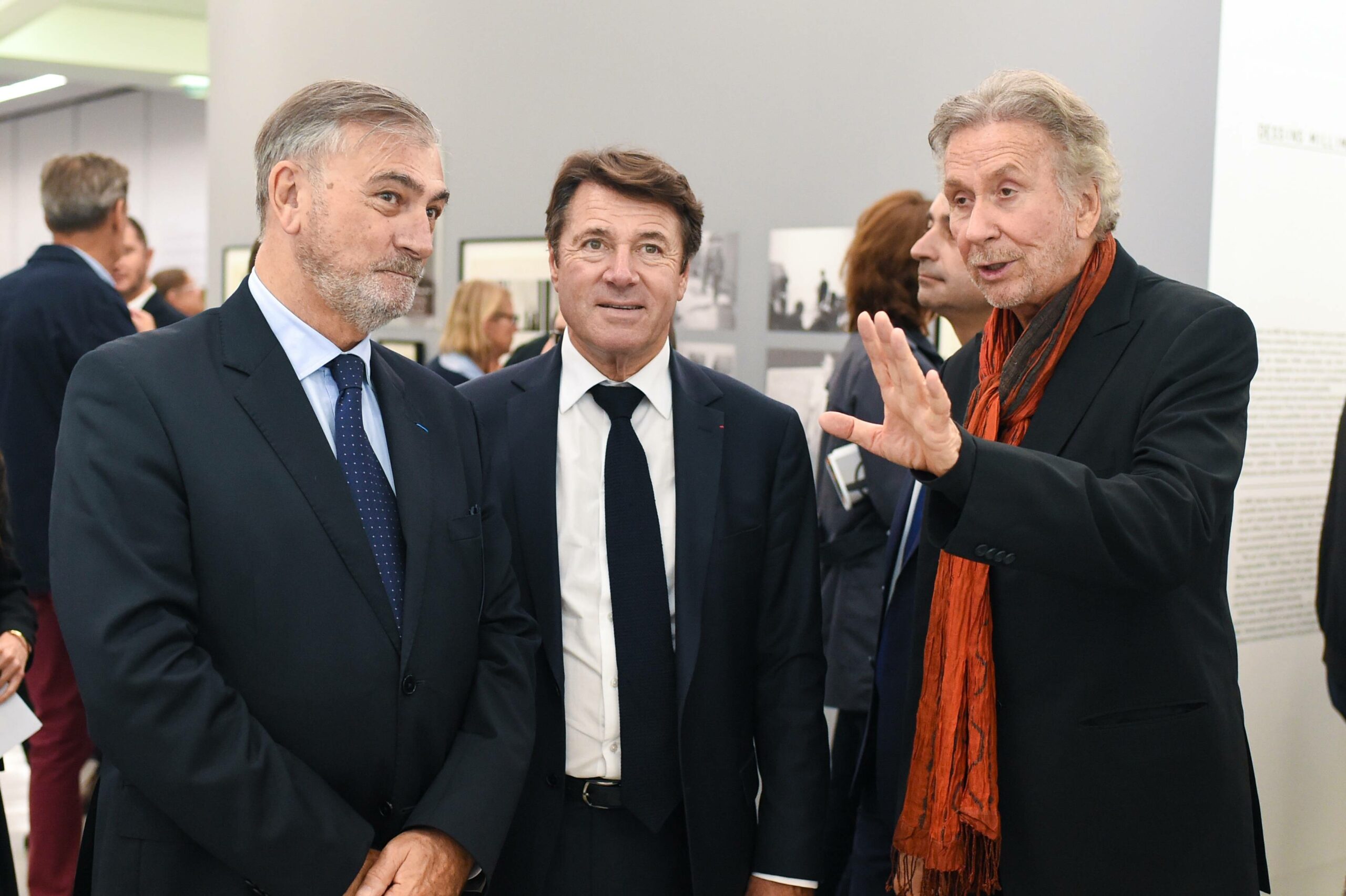 Bernar Venet (Right)Photo: IMAGO / PanoramiC
Bernar Venet (Right)Photo: IMAGO / PanoramiC
After the 2021 Diversity United debacle – celebrating Europe’s diversity with an all-white curator team – Walter Smerling offends again. That the first incarnation of a Kunsthalle in the city be run as a private enterprise drew the ire of a many high-profile Berlin artists. The decision to fill it with respected but tedious blue chip artist Bernar Venet provoked a Berlin-wide boycott and the end of the whole affair. The vast hangars of Tempelhof could have been repurposed for the benefit of Berlin’s greatest cultural resource: its artists. Let’s hope the Berlin senate learns from its mistakes.
Subscribe to our weekly Newsletter

NEWSLETTER
Leave this field empty if you’re human:
Georg Grosz: Long overdue
 George Grosz: “In the Shadow” (1921) Photo: George Grosz © Estate of George Grosz, Princeton, N.J./VG Bild-Kunst, Bonn 2022
George Grosz: “In the Shadow” (1921) Photo: George Grosz © Estate of George Grosz, Princeton, N.J./VG Bild-Kunst, Bonn 2022
It’s astounding to think that until the opening of Das Kleine Grosz Museum last May, Berlin’s greatest ever chronicler Georg Grosz never had his own dedicated exhibition hall. Working in the capital during the interwar years, his pen and ink drawings, populated by sadistic skull-faced soldiers, defecating drunks and desperate sex workers, depicted Berlin’s society falling apart. Now his satirical, morbid characters are on show in a former gas station in Schöneberg’s Bülowstraße. Head there before the end of March, for an exhibition celebrating the centenary of his trip to Russia.
Biennale: A mixed bag
 Dubréus Lhérisson, installation view, 12th Berlin Biennale, Akademie der Künste, Pariser Platz, 11.6.–18.9.2022
Dubréus Lhérisson, installation view, 12th Berlin Biennale, Akademie der Künste, Pariser Platz, 11.6.–18.9.2022
Photo: dotgain.info Dubréus Lhérisson, Untitled, ca. 2015 Mixed media; skulls, sequins
The 12th Berlin Biennale opened to palpable excitement, but despite its ambition to repair the legacies of colonial exploitation, its convoluted and entangled curation, gave you the feeling that this was an opportunity lost. It wasn’t all bad, and the Akademie der Künste in Pariser Platz was a highpoint, especially the haunting patterned skulls by Dubréus Lhérisson that channelled the legacy of the 2010 Haiti earthquake. At the very least, it brought a plethora of non-Western artists into the heart of Berlin’s notoriously slow-moving art institutions.
Olivia Sterling: Dinner with one helluva show
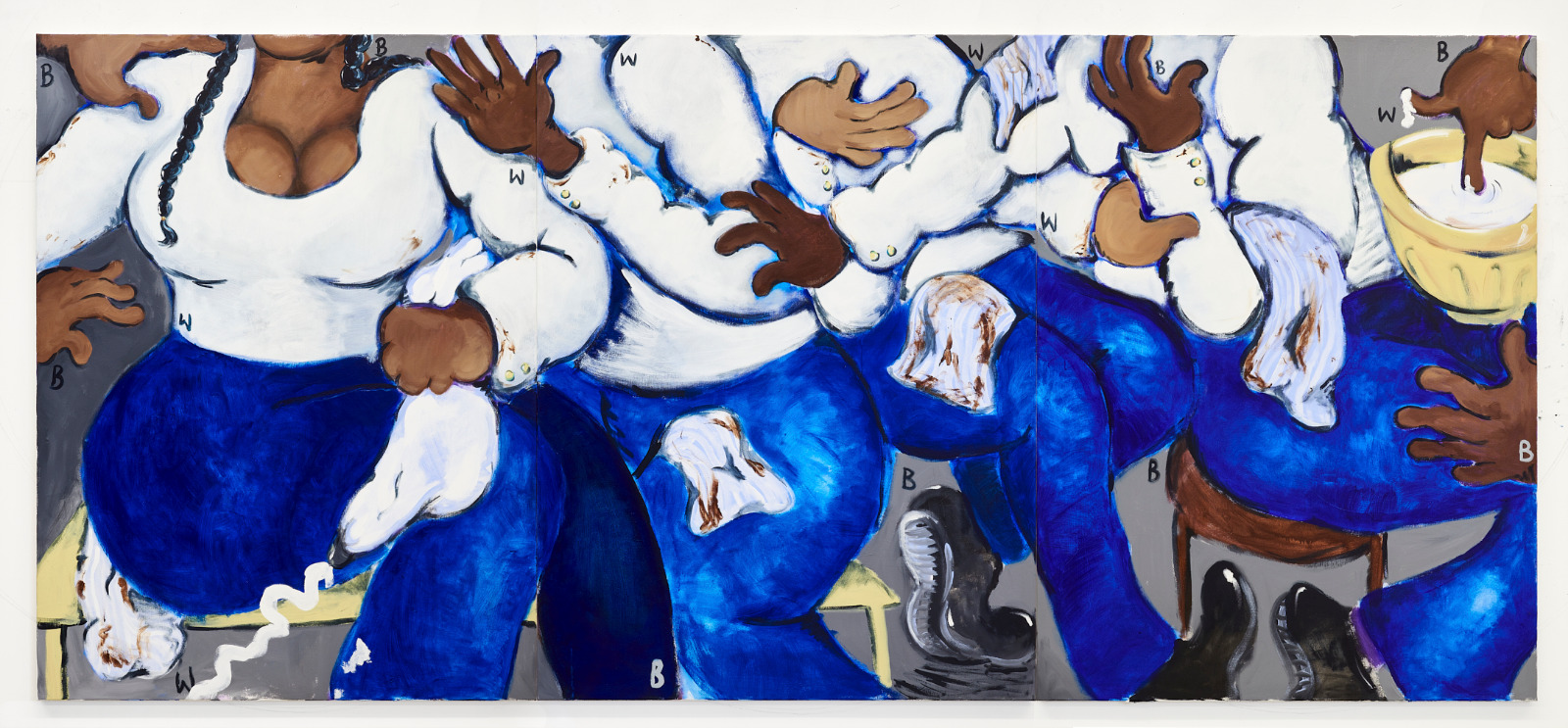 Photo: Courtesy the artist.
Photo: Courtesy the artist.
Olivia Sterling’s dramatic canvases mix human flesh, social critique and spaghetti into a deceptively comic depiction of inequality and discrimination. Themed around a restaurant with Black staff and plump-thighed, white customers, what might at first appear a straightforward take on race relationships is in fact a wish fulfilment fantasy played out across a series of vivid, allegorical canvases. Born in Peterborough, the 26-year-old has the ability to go where few artists dare, picking apart entrenched racial prejudice and forcing the audience to question their attitudes towards race, gender, class and social status.
By Duncan Ballantyne-Way EXB Art Editor
Johann König: Disgraceful
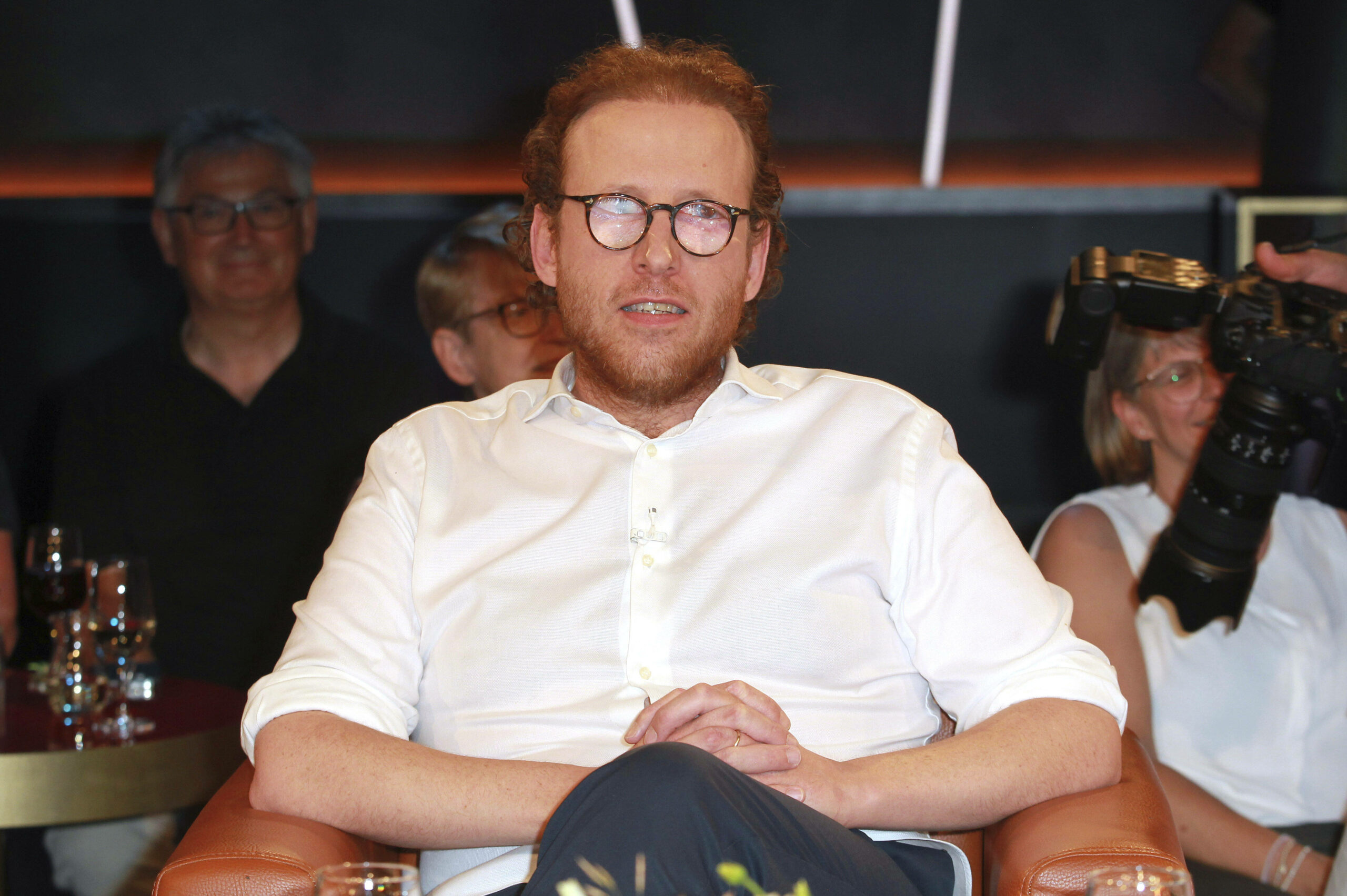 Johann König at the recording of the NDR Talk Show in Hamburg, June 2022. Photo: IMAGO / H.Hartmann / Future Image
Johann König at the recording of the NDR Talk Show in Hamburg, June 2022. Photo: IMAGO / H.Hartmann / Future Image
Following Die Zeit’s revelation of alleged sexual misconduct from 10 women, German art dealer Johann König responded: “I will take action against this defamation.” One woman alleged that König kissed her without her consent, the others mentioned inappropriate sexual comments or unwanted touching. Old smoking rumours and new fires aside, the scandal was a sobering reminder: when it comes to male art dealers’ behaviour, is anyone in Berlin really interested in meaningfully listening to women’s voices?
Louise Bourgeois: Must see
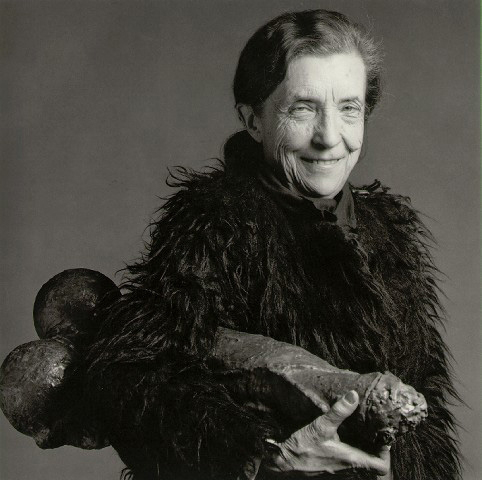 “Louise Bourgeois”, 1982, by Robert Mapplethorpe © Robert Mapplethorpe Foundation
“Louise Bourgeois”, 1982, by Robert Mapplethorpe © Robert Mapplethorpe Foundation
By the time Louise Bourgeois became a household name in her seventies, her large-scale spiders and ‘Cell’ installations overshadowed her lesser-known fabrics, which she didn’t begin until she was in her eighties. This major survey at Gropius Bau set the record straight. It charted her more intimate creations with forms including floating heads, torsos and lactating bodies, as well as more abstract shapes, all pointing towards themes of the body, femininity, trauma and repair. Visceral and tender, this exhibition was a must-see.
Phillip Fürhofer: Disappointing
Philipp Fürhofer’s show at Galerie Judin last spring was a huge letdown. His works used mirrors, glass and light to tricksy effect. Ultimately, these were sentimental images of forests, rainbows and people kissing. Snooze! With the press release claiming “thematic deepness”, this exhibition could only keep you gliding along on the surface, wondering if there was anything, anywhere, to ease the apathy.
Carrie Mae Weems: Genius
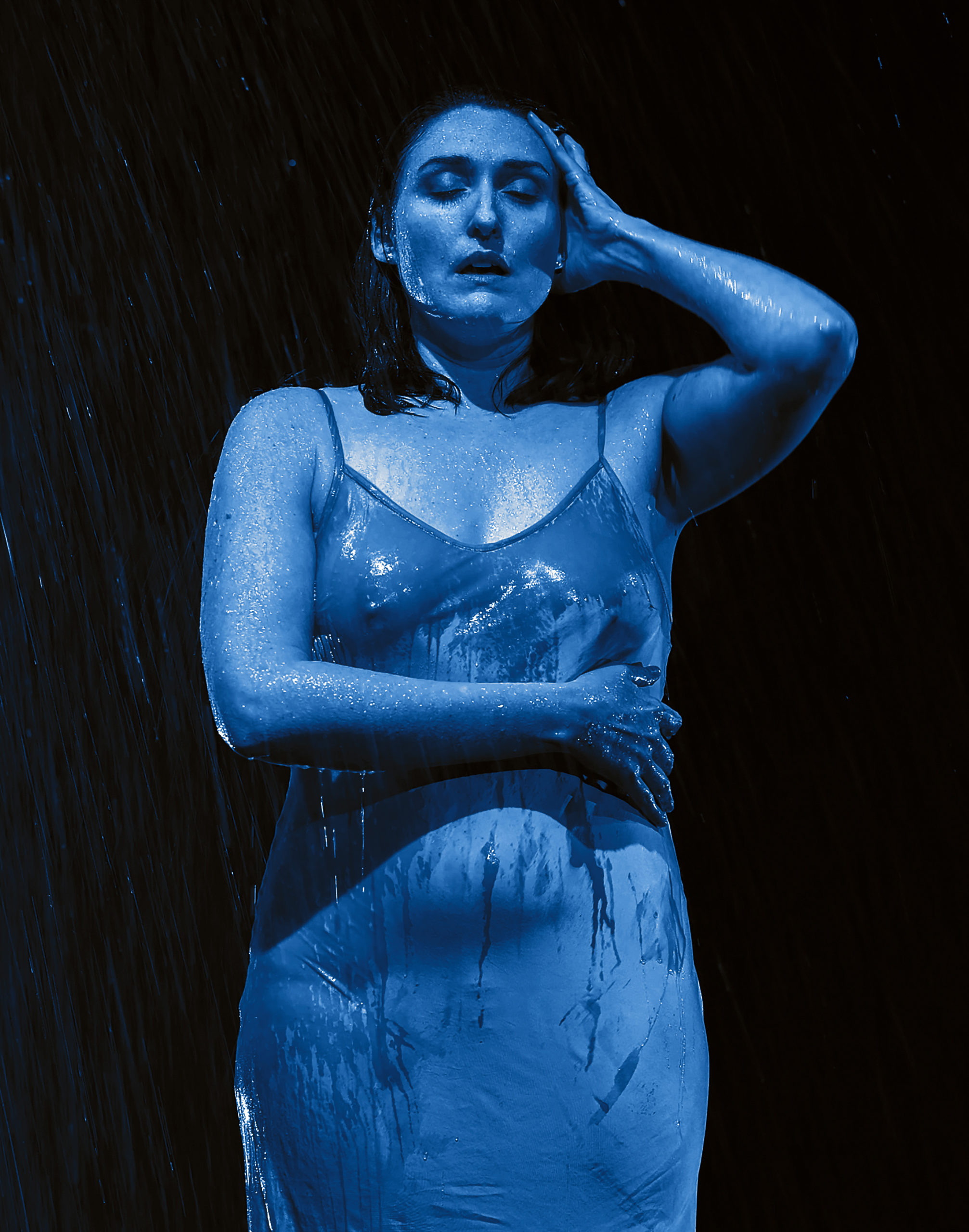 Photo: Courtesy the artist and Galeri Barbara Thumm
Photo: Courtesy the artist and Galeri Barbara Thumm
Carrie Mae Weems has this rare ability to capture someone’s interiority and the mood of a moment. Her latest blue-tinted photographs, ‘People in Conditions’ at Galerie Barbara Thumm last autumn depicted people standing in extreme weather conditions gazing into the lens or closing their eyes and raising their faces to the sky, alluding to our place in the vastness of the universe. This exhibition was genius.
By Louisa Elderton Writer, editor and art critic